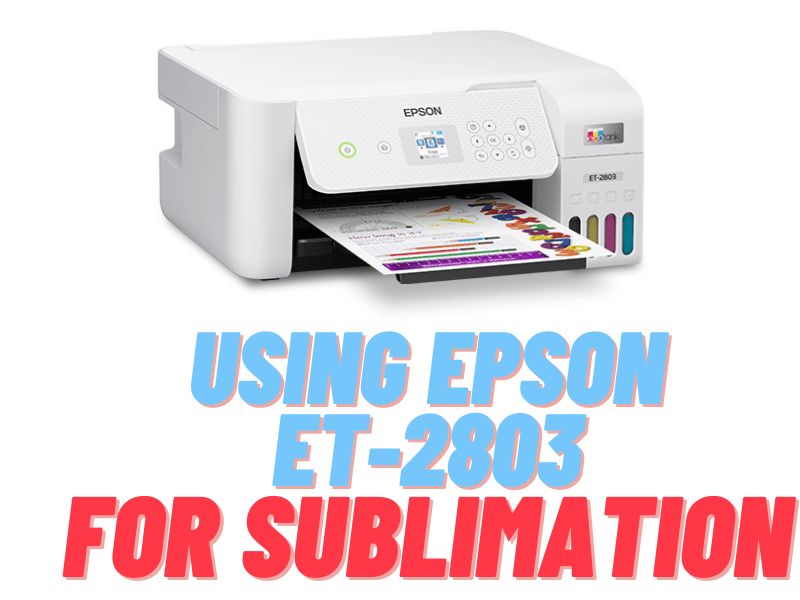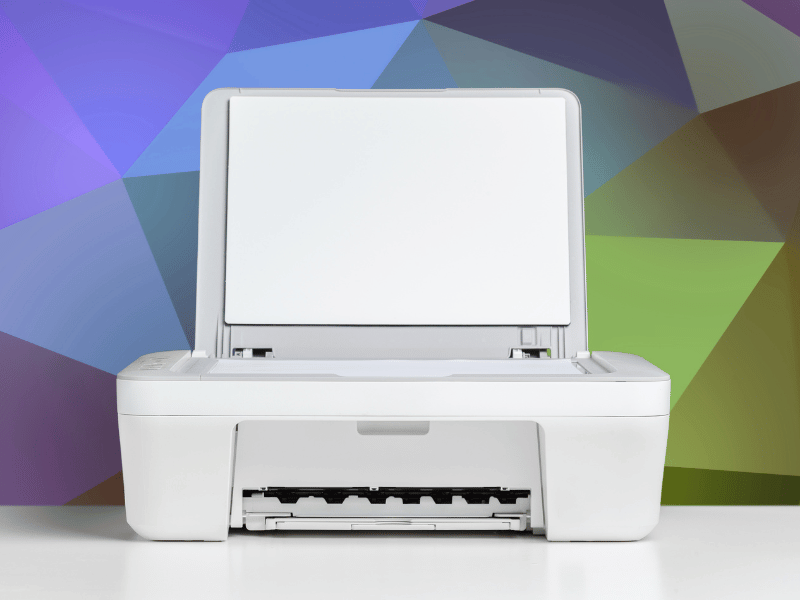Direct to Film, or DTF, is a heat-press technique for transferring prints onto fabric or other substrates. Unlike DTG, which can only be used on cotton fabrics, the Printer DTF process may be used on cotton and poly mixes.
To begin with, using printer DTF in your printing company does not necessitate a significant financial commitment. Let’s take a deeper look at these printers is worth your time? whether you’re new to the printing industry or want to adjust your Direct to film printing to develop your business.
Multiple colored ink tanks are standard on DTF Modified printers. The printers may use CMYK settings with these tanks. This procedure necessitates the use of DTF printer ink, which was created particularly for it.
Furthermore, the DTF technique did away with the need for rollers, which caused the page to slide earlier. Any linings on your white layer prints will be corrected. As a result, you are printing this. So, if you’re seeking a printing method that produces immaculately finished designs that accurately reflect the image you desire on the cloth, direct to film is the way to go.
Direct To Film Printing Process:
DTF Printing Software:
DTF printers aren’t complete without software, and this is because software impacts color reproduction, ink print properties, and overall print quality. You’ll need specialist RIP software to handle the white and CMYK colors in DTF printing.
It is vital because software controls color profiling, drop sizes, ink levels, and other crucial print quality aspects.
Films Produced by a Direct-to-Film Printer:
PET films, which are not the same as those used in screen printing, are utilized by a DTF printer. PET films are 0.75mm thick and have improved transmitting properties. In the market, these films are called DTF Transfer Films.
They’re available as cut sheets for small-scale use or as rolls for large-scale commercial applications. PET Films are divided into two temperature groups, and Cold-peel and hot-peel films are available.
Adhesive Powder (Hot Melt):
The DTF printing powder is a granular white substance that acts as an adhesive. This helps your printer’s coloured pigments adhere to the surface it’s printing on. However, this STF hot-melt comes in a variety of micron grades.
Inks for DTF printers:
The inks used in Printer DTF are one-of-a-kind pigments in the hues Cyan, Yellow, Magenta, White, and Black. The white ink is used to lay the basis for your print, while the coloured pigment is used to print the pattern onto the film.
Powder Shaker That Works On Its Own:
This Direct to Film printer component is more commonly used in commercial applications (where the DTF printer evenly distributes the powder). Additionally, the powder shaker eliminates any extra powder.
Oven for curing:
The printer’s hot melt powder is melted in this tiny industrial oven before being applied to the transfer film. You may also utilize a heat press machine to perform this task. However, the heat press machine would benefit from being employed in a non-contact mode.
Presses to Produce Heat:
It helps you transfer the printed images on your film to the chosen surface or fabric with this piece of machinery. This equipment may also be used to melt DTF powder on your film.
There are some advantages and disadvantages of direct to film printing, so let’s talk about them a little.
Conclusion:
The DTF printing technique may be viewed as a cost-effective method of producing textiles. When employing direct to film printing, basic printing designs are the same as printing large and elaborate images.




